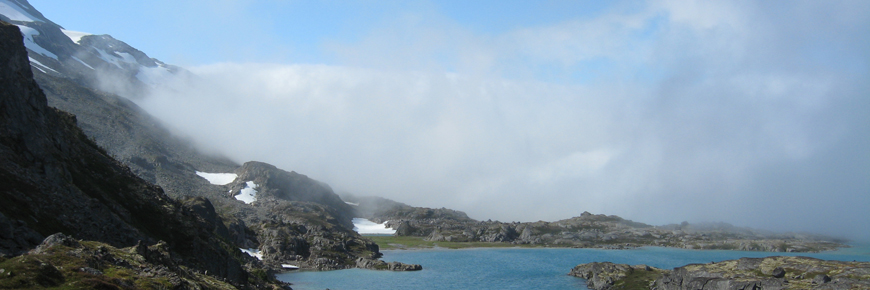
Climate
Chilkoot Trail National Historic Site
Most weather systems blow in from the coast. As moist ocean air rises to go over Chilkoot Pass, it cools and loses its ability to hold moisture, producing precipitation. As a result the US side of the trail tends to be rainy or overcast. The section of the trail above tree line frequently experiences severe weather conditions – driving rain, sleet, hail or snow, low temperatures, high winds and fog – as weather systems move through the area. As cool air descends from the alpine tundra to the shores of Lindeman Lake, it becomes warmer and its ability to hold moisture increases, creating a "rain shadow". Weather in the low lying areas at the north end of the trail tends to be warmer and drier -- a pleasant contrast to conditions which prevail on the rest of the trail.
Related links
- Date modified :